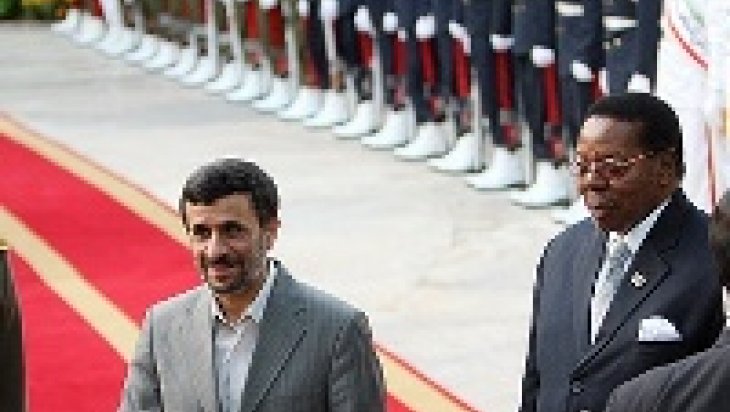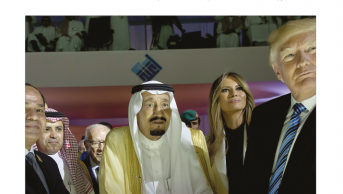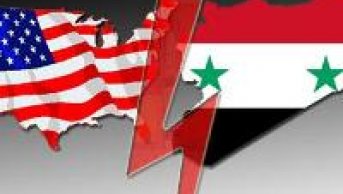What is Iran’s Hand Doing in Africa?

Conflict Armament Research (CAR), a private UK-based company, has published a 50-page report on the distribution of Iranian ammunition in Africa.
According to the report, which was published last year at the end of a six-year study, Iran provides ammunition to conflict areas in Africa. As is explained in detail in the report, the weapons distributed by Iran are used in ethnic conflicts taking place in Africa. The weapons, which are transported by Iranian public companies to Africa through illegal means, are sometimes used by government forces and sometimes by rebel/militia forces. According to James Bevan, head of CAR, after the weapons are transferred by Iran to Guinea, Sudan, the Ivory Coast and Kenya to be used by the national defense and security forces in those countries, they are transferred to rebel or insurgent groups in neighboring countries. Furthermore, the report asserts that Iran also provides Islamist-oriented groups in Africa with ammunition.
This report is important in certain aspects.
First, it puts forward Iran’s close interest in Africa. Iran has not been getting along with countries in the Middle East and the West since its 1979 revolution. The country is facing severe sanctions over its nuclear program and it considers Africa a rather favorable area to avoid isolation, considering the pressure on it from other regions. In addition, Iran is a member of the Non-Aligned Movement (NAM) and the Organization of Islamic Cooperation (OIC), of which most African countries are also members; thus, Iran can find supporters in Africa by means of these organizations. Iran’s interest in the continent substantially increased in the 2000s.
Second, the report asserts that Iran has allegedly been supporting armed groups for some time. Even though Iran denies providing weapons to armed groups in certain areas, it does not feel the need to hide its support to armed groups in nations in line with its interests in terms of regime and foreign policy. The country explicitly states its support for Hezbollah in Lebanon and Hamas in Gaza. Moreover, it has been providing all kinds of support, including weapons, to Bashar al-Assad’s regime forces in the civil war that has been taking place in Syria for the past two years. Considering all these facts, the conclusion is drawn that the regime in Iran considers supplying ammunition to conflict areas as a tool of its foreign policy. Knowing the difficulty of maintaining a direct war against its enemies, Iran maintains its struggle by supplying weapons to its allies and the groups that fight against its own enemies. In this context, aside from the Middle East, Africa is also considered an area where Iran can fight against its enemies. In addition, Iran has a strong weapons industry in comparison to many countries. Another reason for Iran’s interest in Africa is its efforts to create a market for this industry.
Third, the regime in Iran regards its presence in conflict areas and supporting armed forces as a security issue. Whether secular or religious, each authoritarian state tries to reap the benefits of a conflict environment. Ideological states want to keep their regimes in power by supporting the conflicts in near and remote regions. Iran has proven it many times since 1979, and continues to do so. Thus, the fact that Africa has become an area of conflict increased Iran’s interest in Africa in terms of the regime’s security and struggle with its enemies.









